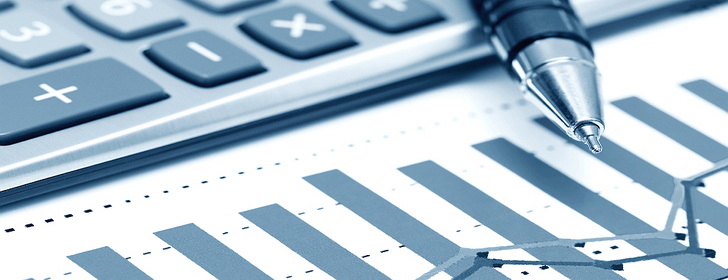Where do we have the “buy” button?
 “Our idea of freedom of choice is just ignorance of the real reasons for our decision” (Benedict Spinoza).
“Our idea of freedom of choice is just ignorance of the real reasons for our decision” (Benedict Spinoza).
“From the informational point of view, the subconscious activity of the earthworm is much more complicated than what our consciousness does with you” (I.N. Pigarev). It is clear that I am not going to confirm or refute this thought, especially in the context of consumer decision-making. But I am absolutely sure that the decision-making mechanism in a situation of choice is very far from conscious.
propaganda
Today it is known that the brain has two different decision-making systems. Two different processes take place in the brain, by means of which decisions are made depending on whether the choice is between the objects or between the actions. And many attempts by various studies and experts to explain very strange decisions and actions of a person are extremely heterogeneous and sometimes questionable.
Many people remember the classic studies of Solomon Ashe. Imagine that a person is sitting in a room, he is shown 3 lines of different sizes on the screen. He needs to determine which of these lines corresponds to the test line, which is shown on the screen. A person always easily gives the correct answer in a standard situation, but S. Ash has planted 6 other subjects into the room. These six gave the wrong answer. It turned out that in this situation, the seventh test subject at least once, but gave the wrong answer, despite the obvious falsity of what he said. It turns out that it is very difficult for us to speak out against the opinion of the group. Why? Is it only because man is a “social animal”?
What happens in the human brain when he realizes that his opinion is different from the opinions of others?
It turns out that at the moment when our opinion differs from that of others, a certain signal is formed in the brain, which can be registered with the help of special devices. This signal is comparable to the one that occurs when a person is mistaken in something. And our brain is designed in such a way that it seeks to “fix” all our mistakes, so that next time in a similar situation they do not repeat. And the most interesting thing is that for our brain to differ from others is a mistake, since it is very important for it to “make decisions” that are similar to those that are inherent in our reference group.
Think about how often you give a coin or bill to a street musician? How often do not give? Why? What or who influences your decision – to give or not to give? In the course of one experiment in front of a man who was walking down the street, he was a dummy assistant and gave a coin to a street musician. It turned out that the number of passers-by who gave a coin when someone did it before their eyes increased 7 times! Obviously, most of the people who gave the coin did it only because someone in front of them did the same. When people were stopped and asked why they gave a coin, no one said: “Because someone else gave the coin.” They all explained this for a variety of reasons: the fact that the music is good, that they have such a mood, something else. No one was aware that he was doing the same thing as those around him.
In the process of conducting my training workshops, I conducted such an experiment several times. I suggested to the participants (about 1000 people in total aged 18–45 years of age) to indicate how exactly they make the choice of essential goods. The result was the following: about 70% of the participants indicated that the “list method” is dominant when choosing food products, while 95% of them use the “price matching” method. Next, I suggested that the participants independently fill in the columns of a table with five columns, without specifying the column name. Orally, the study participants were asked to proceed to the sequential filling of the column in the form of an answer to a question.
1 column: Indicate the name of the 10 products most frequently purchased by you in the supermarket;
2 column: Indicate the name of the TM of these products;
3 column: Indicate the exact price of these goods;
4 column: Indicate the names of TM, with which you compare those products that you buy most often;
5 column: Indicate the exact price of goods competing TM.
When filling in the table, participants were asked to indicate exact data, in the absence of such – to put a dash or “0”. The interpretation of the results. 100% fill the first column. In the second column – the percentage of filling the names of TM was 40%. In the third column – 20%. None of the respondents could indicate the names of competing TMs (4th column) and the price of competing TMs (5th column). Although initially 95% of the participants claimed that when buying essential goods they proceed from the choice of the most reasonable price. And at the same time – about 70% of them buy on the list, i.e. prepare in advance for the acquisition, planning costs with the need to purchase. Conscious explanations of this situation did not go beyond the standard answers “I don’t remember”, “I don’t remember”, “I don’t know”, “I can’t explain”, “I remember the shape and color of the packaging”, etc.




